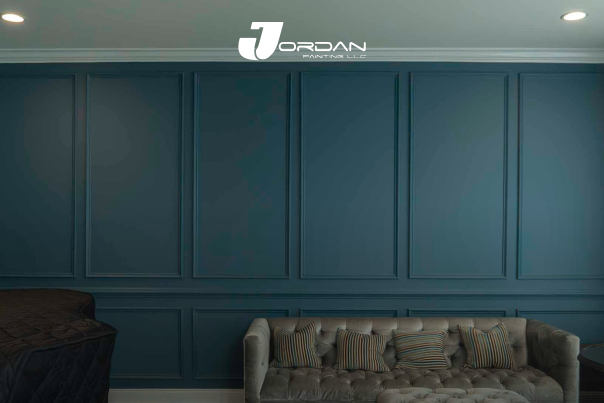Color Therapy: Transforming NJ Spaces Through Hue Science
Discover key considerations and expert tips for restoring and painting historic homes in New Jersey, ensuring their charm and structural integrity are preserved against NJ's unique climate challenges.

Preserving the Unique Charm of NJ's Historic Homes: Expert Tips for Restorative Painting
New Jersey’s historic neighborhoods, from Morristown’s colonial streets to Cape May’s Victorian avenues, are home to architectural gems that tell stories of our past. Protecting and enhancing these structures requires tailored approaches that respect their character while safeguarding them against NJ’s varied climate.
Why Historic Homes in Places Like Princeton and Montclair Demand Special Care
Older NJ residences feature authentic materials and ornate details requiring delicate handling. Climate factors, such as humidity along the Jersey Shore or winter freezes inland, can accelerate wear if not properly addressed. Choosing the right paints and techniques is essential for longevity.
Restoration Steps for NJ’s Historic Properties
- Assess your home’s condition — Understand surface needs and architectural details.
- Clean carefully — Use non-abrasive methods suitable for delicate surfaces.
- Choose appropriate colors — Align with historical palettes and local regulations.
- Select weather-resistant, breathable paints — Ideal for coastal and inland climates.
- Prepare surfaces thoroughly — Sand, fill, and prime meticulously.
- Pay attention to details — Use precise brushwork on moldings and ornate trim.
Understanding NJ’s Architectural Styles and Regulations
Historic districts in towns like Princeton, Montclair, and Cape May often have strict guidelines. Whether restoring a Queen Anne Victorian or a Georgian colonial, out expertise ensures compliance and preserves authenticity.
Climate Challenges Across New Jersey
Coastal areas like Long Beach Island (LBI) face high humidity and salt exposure, accelerating corrosion. Central NJ regions encounter temperature swings causing expansion and contraction. Our paint selections are formulated to withstand these environmental stresses.
Pro Tip: Regular inspections and timely touch-ups significantly extend the life of your historic paintwork.
How Jordan Paintings LLC Supports NJ’s Historic Preservation
Our team’s extensive experience across New Jersey makes us well-versed in the demands of historic home painting. We emphasize using high-quality, breathable paints combined with meticulous prep work to preserve your home's architectural integrity.
In towns like Morristown, Princeton, and Cape May, we’ve restored countless historic properties, always prioritizing authenticity and durability.
Concluding Thoughts
Maintaining the beauty of NJ’s historic homes not only enhances curb appeal but also contributes to the preservation of our regional heritage. Expert care ensures these cherished structures stand the test of time.
Thinking about updating your historic property? [Explore our specialized preservation painting services across New Jersey] or contact Jordan Paintings LLC for a consultation. We’re committed to helping you keep NJ’s architectural history alive and vibrant.
Subscribe to our weekly newsletter
Reach out to us
Have a question about your next painting project in New Jersey? We're here to provide answers, offer expert advice, and schedule your free estimate.
Send us a message
Send us your questions or project details, our team will get back to discuss your painting needs.
Give us a call
Give us a call for immediate assistance or to book your free painting estimate in New Jersey.

.jpg)


